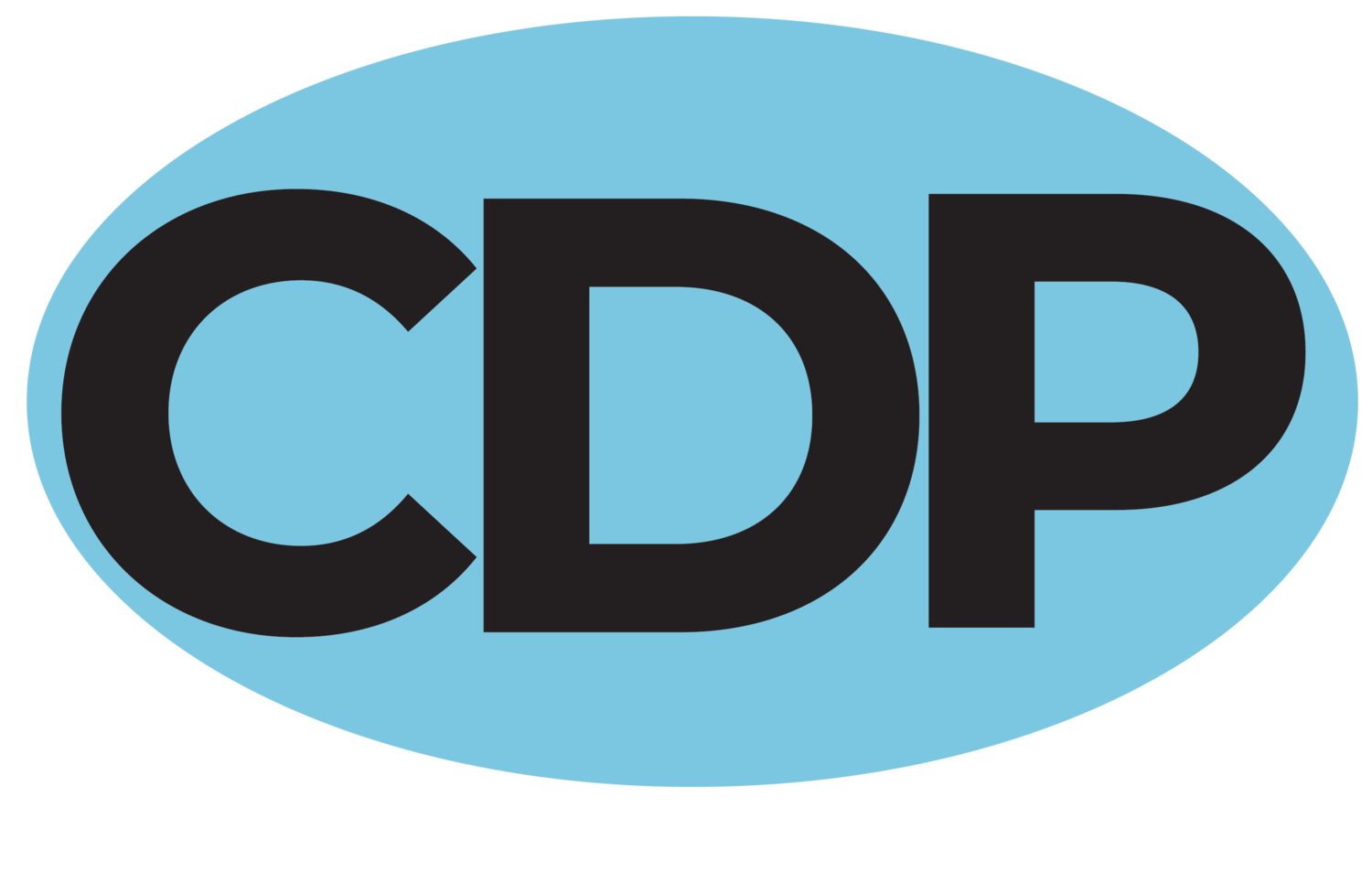Excerpts Series: Effective Performance Evaluation
As we look at doing performance evaluations, here are a few things we should consider:
What is an Effective Performance Evaluation? A performance evaluation is exactly what it suggests that it is. When we are doing a role or doing a job we need to make sure that we’re doing it well. That we’re doing our job with excellence. That we’re being effective in the role we are assigned.
So when we talk about performance evaluations, we’re talking about a couple of ideas.
Yes, it’s a point-in-time evaluation. Sometimes we see these done every year, maybe on an anniversary date or some organizations will do everyone’s evaluation at the same time. It is a point-in-time look at how are we doing in our role. In our performance. In the role that we play in an organization. So it is a point-in-time process, but it’s also an ongoing process.
A series of conversations. We can’t expect to cover everything that’s good and bad in the role that someone plays within the organization in one point-in-time meeting, so it is not just point-in-time. Whether we’re talking about boards, talking about the Executive Director or the staff, we need to be having ongoing conversations throughout the term of their appointment, position or role in the organization, to let them know how they’re doing.
So, Effective Performance Evaluations can be a point-in-time meeting as well as an ongoing process.
What is an Effective Performance Evaluation based on? Effective Performance Evaluations are based on setting clear expectations. That is our job, when in a position of authority in an organization — to make sure that we are setting clear expectations. Everyone that’s getting an evaluation, from the CEO to the Executive Director, to a staff person or the Board, all of those roles, should have clear job descriptions.
The job descriptions should clearly state: “This” is your role in the organization; “this” is what you’re being charged with doing; “this” is what the expected activities are; “this” is what the tasks are for your particular job. We need to have clear job descriptions for every role in which we’re going to be doing an evaluation.
Secondly, based on those clear expectations we need to have a reasonable and consistent standards. As one being evaluated, I need to know what I’m being measured against. Not only do I need to know what my role’s function is, I also need to know the standard by which I’m being measured. For instance, if you expect me to do Donor Development as part of my Executive Director role, what are your standards for whether or not I’m doing that well? So that every role, every activity, every task that I’m being charged with doing has a standard that I know I’m being measured against. We have to make sure that we’re defining those clearly. We cannot have an Effective Performance Evaluation if we have not laid out what the reasonable and consistent standards are for that particular role.
The third piece of this is that I need to be able to provide coaching and training for my staff, or the CEO or the Executive Director or the Board. Not only should what is expected be laid out, but coaching and training also need to be in place so that if improvement is needed, the individual has a plan to improve.
Sometimes we fall short when doing performance evaluations. It is ineffective to communicate to a person where they are falling short of expectations, but we have no coaching in place. No way for them to grow into the role, to meet that standard or to do that job with excellence. We, as organizations, need to be sure that we have coaching and training available to our staff or our boards so that they can improve in the areas where they may be falling short.
All of this is important when we talk about making sure there’s an Effective Performance Evaluation. It needs to be both point-in-time and an ongoing series of conversations over the course of employment or the course of their term on the board. We need to have clear expectations and a job description. We need to have defined reasonable and consistent standards they’re being measured against and we need to have coaching and training available to them so that in any area where they’re falling short, they have a way that they can rectify the situation.


